FTA - Free Trade Agreements: Do They Exist and Can They Lower Tariffs?
Free Trade Agreements (FTAs) are key tools in international trade policy, aimed at reducing trade barriers and promoting trade exchanges between countries. These agreements can significantly impact the tariffs that businesses have to pay when importing goods from partner countries. Understanding how FTAs can affect tariffs is crucial for companies planning to expand into foreign markets, as well as for countries striving to increase their competitiveness in the global market.
FTAs are bilateral or multilateral agreements in which member countries commit to reducing or eliminating tariffs and other trade barriers on goods and services. The primary goal of these agreements is to create more favorable conditions for international trade by allowing freer access to markets and reducing transaction costs. As a result of signing an FTA, member countries can benefit from lower tariff rates, which enhances the competitiveness of their products in international markets.
An example of a multilateral free trade agreement is the North American Free Trade Agreement (NAFTA), signed by the United States, Canada, and Mexico in 1994. NAFTA aimed to eliminate most tariffs and trade barriers between member countries, significantly boosting trade in the region. In 2020, NAFTA was replaced by the United States-Mexico-Canada Agreement (USMCA), which introduces new regulations and updates concerning trade but continues to maintain the main objective of reducing tariffs and trade barriers.
In Europe, the European Union (EU) is one of the largest examples of a multilateral free trade agreement. Within the EU, member countries benefit from a single market that eliminates internal tariffs and allows for the free movement of goods, services, capital, and people between member states. The EU also negotiates free trade agreements with other countries and regions around the world, including Canada (EU-Canada Comprehensive Economic and Trade Agreement - CETA), Japan (EU-Japan Economic Partnership Agreement), and Latin American countries (Association Agreement with Mercosur).
Another important example of a free trade agreement is the Trans-Pacific Partnership (TPP), which was signed by 12 countries in the Asia-Pacific region. Although the original version of the TPP was modified and altered by the U.S. administration, eventually evolving into the Comprehensive and Progressive Agreement for Trans-Pacific Partnership (CPTPP), it remains a significant example of a free trade agreement aimed at eliminating tariffs and promoting trade among member countries.
FTAs can take various forms and scopes, depending on the needs and goals of the negotiating countries. They may not only involve tariff reduction but also cover other aspects such as environmental regulations, labor standards, or investment rules. Such agreements may also establish rules for resolving trade disputes and cooperation in regulatory and technical standards.
Utilizing FTAs allows businesses to lower import and export costs, which can lead to increased competitiveness of products in international markets. For developing countries, these agreements can provide a crucial opportunity to improve access to global markets and increase exports. For developed countries, FTAs can offer benefits such as better access to raw materials, cheaper components, and new markets for their products.
FTAs are also an essential element of countries' trade policy strategies. They can be used as tools to strengthen economic and political relations with other countries and to influence global trade rules. Cooperation within such agreements can contribute to market stabilization and the promotion of equal access to markets, which is beneficial for the global economy.
FTAs are key tools in international trade policy, aimed at reducing tariffs and other trade barriers, thereby fostering increased trade and competitiveness of products in international markets. Through these agreements, countries can enjoy lower tariff rates, which leads to reduced import and export costs and increased efficiency in trade operations. Examples of such agreements, like NAFTA, CETA, CPTPP, and those negotiated by the European Union, illustrate the diverse approaches to trade liberalization and the benefits of such agreements. It is important to keep an eye on changing regulations and updates within FTAs to effectively take advantage of the opportunities they offer.
- Economy
- Export
- International cooperation
- Construction sector - Joinery, engineering and building architecture
- Agriculture, Food
- Regional development, investment in Poland
- What's worth knowing
What's worth knowing
FTA - Free Trade Agreements: Do They Exist and Can They Lower Tariffs?

Source: https://www.poland-export.com/

See also:

Chocolate and chocolate products from Poland
For years, Poland has been strengthening its position as one of the key exporters of chocolate products in Europe. Chocolate exports constitute an important segment of Polish foreign trade and cover a wide range of chocolate products

Cherry Export. Polish Cherries Around the World
The export of cherries from Poland is playing an increasingly important role in the international fruit market.

Cosmetics export. Cosmetics from Poland
The export of cosmetics and toiletries from Poland is developing at a dynamic pace, thanks to which Poland has gained the status of one of the leaders in the production and sale of these products in Central and Eastern Europe

Export of Windows: Window Joinery from Poland
Poland has been playing an important role on the international window market for many years, being one of the largest window exporters in the world.

FTA - Free Trade Agreements: Do They Exist and Can They Lower Tariffs?
Free Trade Agreements (FTAs) are key tools in international trade policy, aimed at reducing trade barriers...
Help needed ?
If you have not found the desired product, company, service or the searching results are not satisfactory for you, do not hesitate to contact us and tell what you are looking for or what you need. We will send your inquiry directly to the interested companies.
Write to us

 pl
pl  en
en  de
de  es
es  fr
fr  it
it  pt
pt  ru
ru  sv
sv 



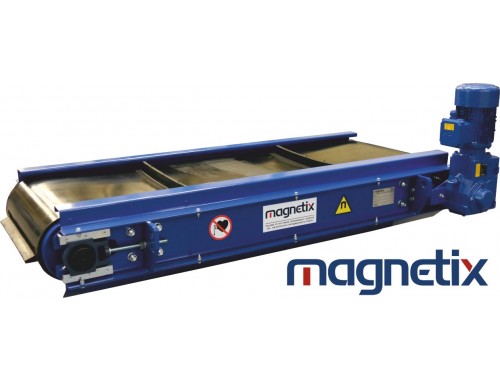
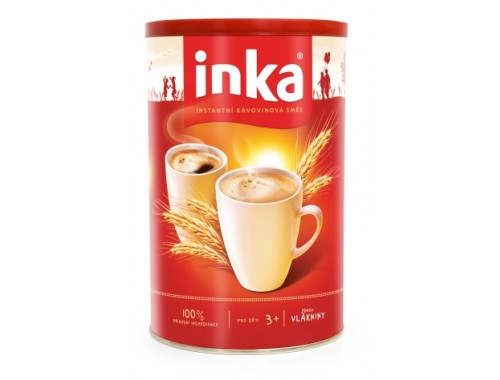
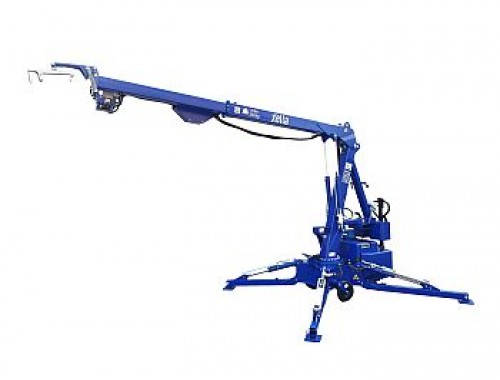

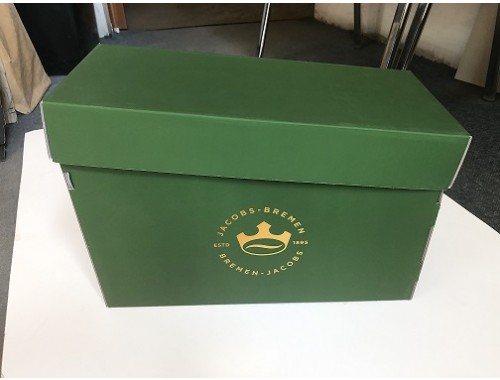



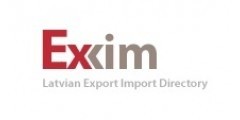



.jpg)


